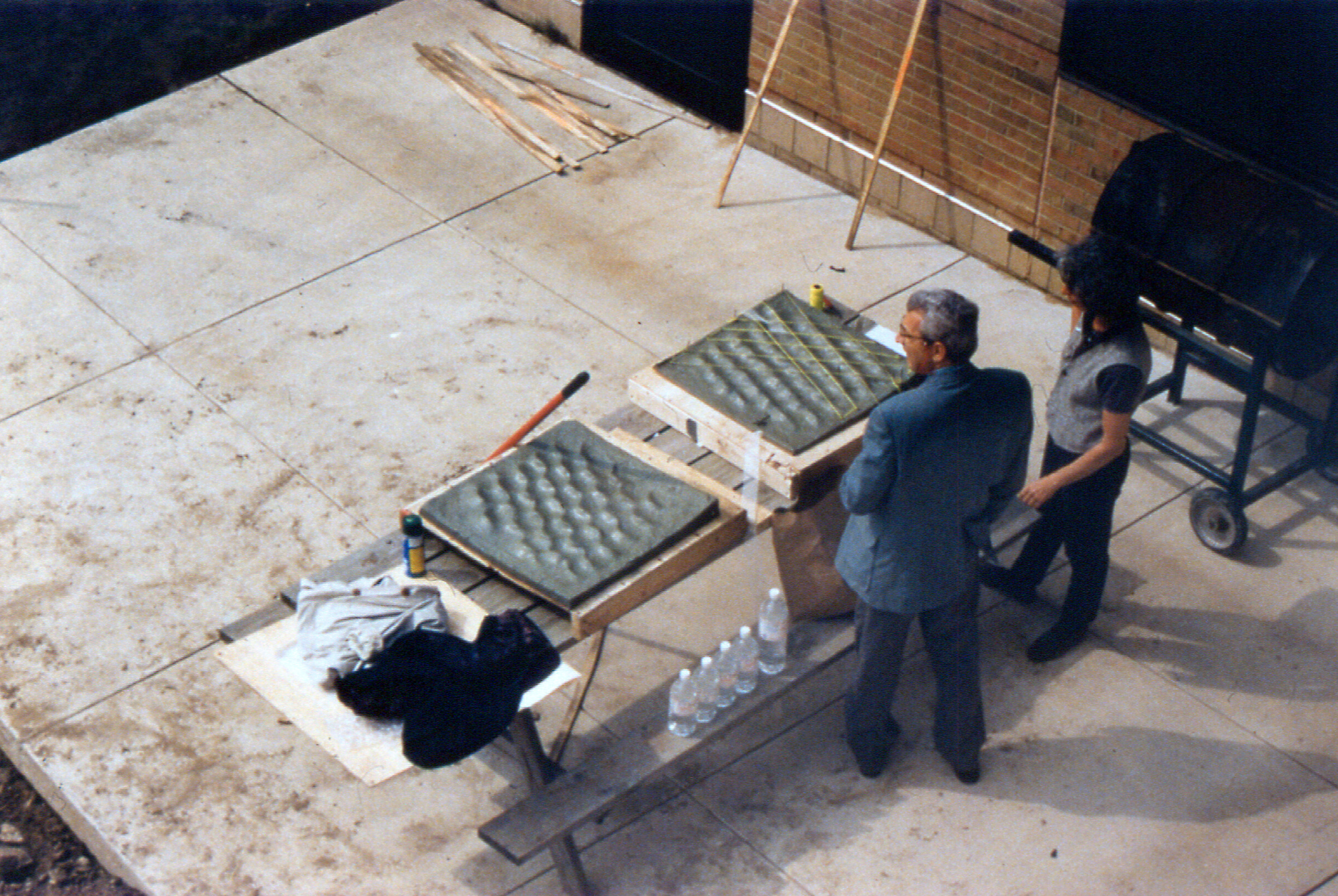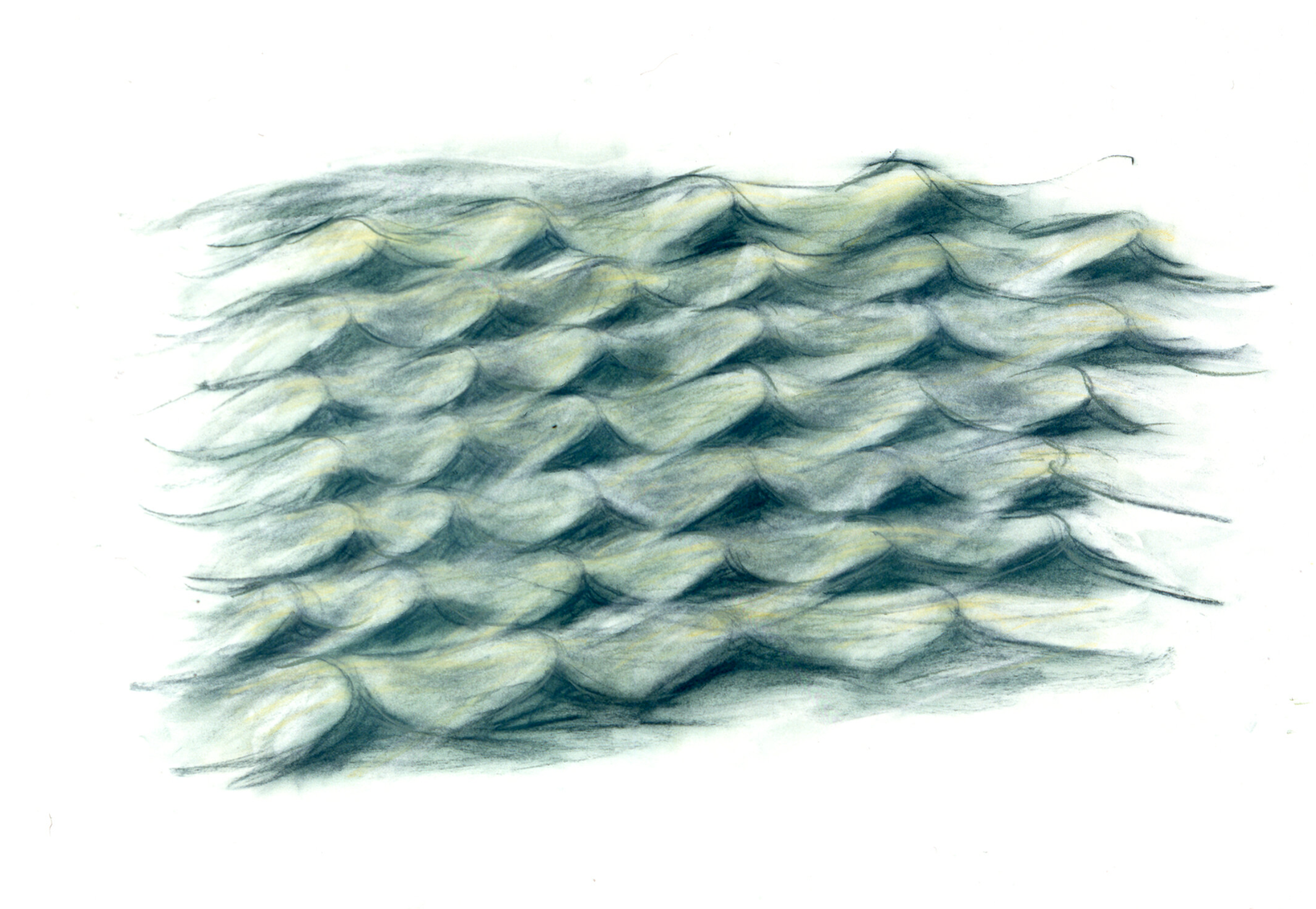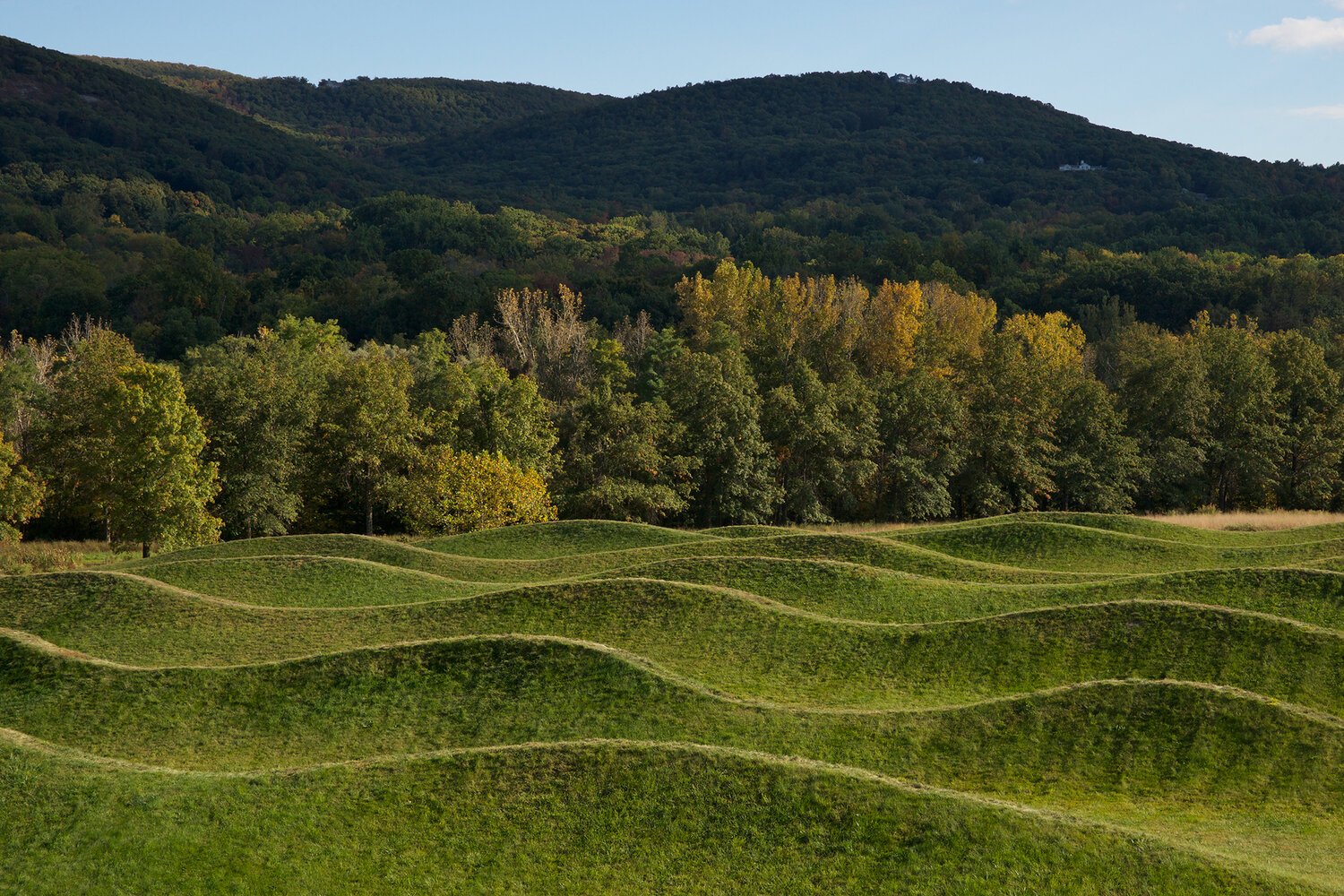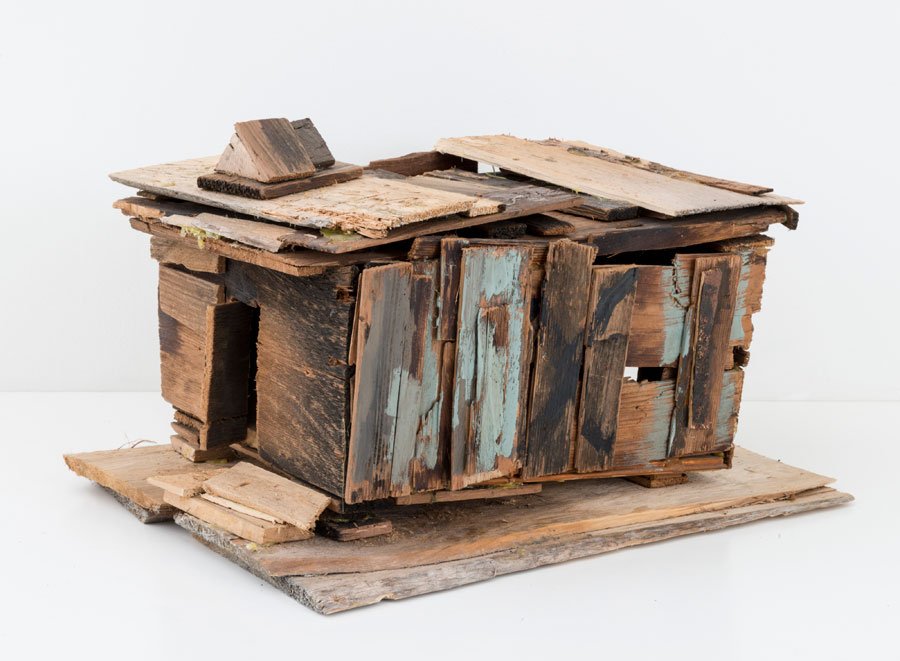Summer Solstice
Busy modern life can make it easy to forget the changing cycles of the sun. We may be thankful for a sunny weekend and appreciate the extra hours of daylight in the summer, but for centuries the skies have held fundamental importance to help navigate and time keep.
Here at ola, we’re welcoming the new season by sharing the work of three pioneering female land artists.
Maya Lin
Maya Lin working on Civil Rights Memorial, photo by Adam Stoltman 1989
Maya Lin is an American land artist known for her large-scale environmental artworks.
“I see myself existing between boundaries, a place where opposites meet; science and art, art and architecture, East and West. My work originates from a simple desire to make people aware of their surroundings.”
Nature and the environment are Lin’s main concerns as she explores the ways we experience the landscapes around us. One of her most famous works is a three part land art series titled Wave Field, an impressive collection of natural sculptures made using simple garden tools.
The final part of the series was created between 2007-2008 at Storm King Art Center, Mountainville, New York. It covers an 11 acre site as is formed of 7 rows of hills shaped like waves carved into a gently sloping valley. Each of the waves reaches between 12-18 feet above head height, the viewer can got lost amongst them, seeing how they change walking through.
Read more about Maya Lin’s work here.



2. Michelle Stuart
Michelle Stuart is an American artist who pioneered using organic materials such as earth, wax, seeds and plants, her work also includes large-scale earth works. She studied briefly at Los Angeles’s Chouinard Art Institute, where she was told by a teacher “I don’t know why women bother to go to art school. There aren’t any women artists anyway. They must know that.”
During a talk with English ceramist Bernard Leach and Japanese potter Shoji Hamada, Hamada sat on the ground with a pot and wheel to demonstrate his practice while Leach translated his words to English, Stuart experienced a revelatory exploration:
“In Japan and Korea, it was alright if there was a mistake in art, because only God was perfect. I thought it was a beautiful sentiment, not in any religious sense, but in the sense of espousing chance as a gift to the artist. It encapsulated the idea of time.”
In 1978 Stuart was invited to the Portland Center for the Visual Arts to create a solstice piece. On a very minimal budget, She decided to create her first land artwork. She salvaged rocks from a man who wanted to get rid of them because he had horses that were always falling over them. Once the rocks were collected the formation needed to be decided, working out where the sun was going to rise and set, the final piece was titled Stone Alignments/Solstice Cairns and is Stuart’s sole surviving earthwork.
Despite other land artists building monumental earthworks, owning the land themselves so that they could remain there for as long as possible, she believed her works were transitory, there for only as long they needed to be.
Read more about Michelle Stuart’s work here
Michelle Stuart Stone Alignments Solstice Cairns, 1978-9
3. Beverly Buchanan
Beverley Buchan was born in Fuquay, North Carolina, and raised by her great aunt and uncle. Her adoptive father, dean of the school of agriculture at South Carolina State University, would often take Buchanan along on overnight trips to visit tenant farmers whose homes would later go on to influence her work.
Her path to becoming an artist wasn’t direct. She studied medical technology at university and then went on to further study parasitology and public health. She worked as a public health educator in New Jersey, while traveling for work she would often observe the derelict buildings that reminded her of the tenant houses she would visit with her father.
At the mid-point of her life, Buchanan left behind a successful public health career to become an artist. She’s best known for creating sculptural shacks, interpretations of the cabins from her childhood that represent the identity of place and testament to human resilience against poverty and racism.
Her larger works include Marsh Ruins (1981), solid mounds of cement and concrete positioned amongst tall grasses and marshland, and exploration of the tension between destruction and endurance.
“ Alot of my pieces have the word 'ruins' in their titles because I think that tells you this object has been through a lot and survived, that’s the idea behind the sculptures…it’s like, 'Here I am; I’m still here'
Read more about Beverley Buchanan here.
![Beverly Buchanan installing and staining Marsh Ruins, concrete and tabby, 1981, marshes of Glynn, Brunswick, GA © Beverly Buchanan and MAS]](https://images.squarespace-cdn.com/content/v1/5e8caf3e8b788a08f62276e0/1686137473699-ABOM3W908WQYTIO56WA1/Beverly+Buchanan+installing+and+staining+Marsh+Ruins%2C+concrete+and+tabby%2C+1981%2C+marshes+of+Glynn%2C+Brunswick%2C+GA+%5Boriginal+photograph+in+the+collection+of+Museum+of+Arts+and+Sciences%2C+Macon%2C+GA%3B+%C2%A9+Beverly+Buchanan+and+MAS%5D.jpeg)
![Beverly Buchanan installing and staining Marsh Ruins, concrete and tabby, 1981, marshes of Glynn, Brunswick, GA © Beverly Buchanan and MAS]](https://images.squarespace-cdn.com/content/v1/5e8caf3e8b788a08f62276e0/1686137473725-XZ1A1W7NJ3WM3PI6WRYB/Beverly+Buchanan+installing+and+staining+Marsh+Ruins%2C+concrete+and+tabby%2C+1981%2C+marshes+of+Glynn%2C+Brunswick%2C+GA+%5Boriginal+photograph+in+the+collection+of+Museum+of+Arts+and+Sciences%2C+Macon%2C+GA%3B+%C2%A9+Beverly+Buchanan+and+MAS%5D2.jpeg)





